Confucius said: “A name that is not correct leads to words that are not in order.” The importance of naming is self-evident. Naming computer products is also an art; sometimes, creating a name that resonates through the ages is more important than the product itself. For example, in the CPU field, the name Core—Cool is a successful model of naming. The i3/i5/i7 naming is concise and hierarchical, making it easy for both novices and veterans to understand. However, as the number of products increases, distinguishing between different products becomes challenging, leading CPU manufacturers to adopt various suffixes. But as the positioning expanded, the suffixes increased, causing confusion among consumers: without checking the information, do you know the difference between i7-6820HK and i7-6820HQ? Do you know how much performance difference there is between i5-4200M and i5-4200U? Therefore, a popular science article about CPU suffixes is very necessary.
1.Intel Desktop CPUs—You Lose If You Only Look at the Numbers
●X Suffix
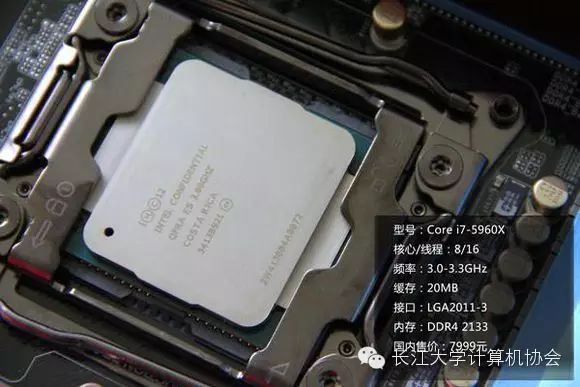
X Suffix = Supreme Version X stands for Extreme, meaning supreme level, representing the strongest CPU of the same generation. For example, Core i7-5960X, Core i7-4960X. X indicates that there is only one CPU in the same generation that is at the highest status. Moreover, there are no competitors to match it, as they have exited the market, and the expected usurper has not appeared. Since the Sandy Bridge era, the competitive balance has always tilted towards Intel.
●K Suffix
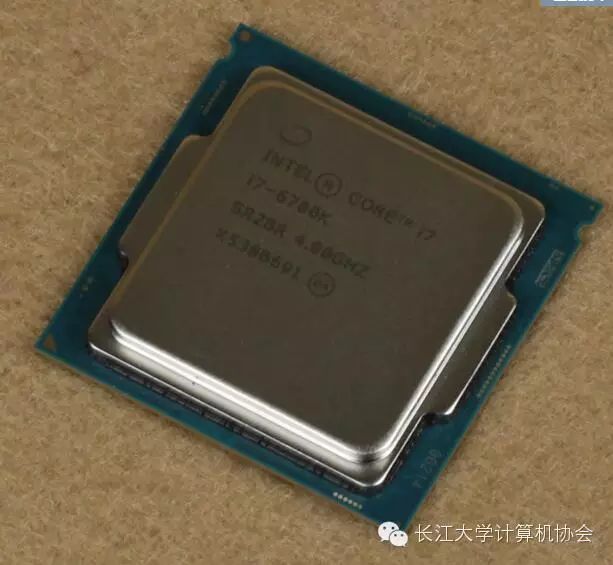
K Suffix = Unlocked Multiplier and Higher Performance Since the Sandy Bridge era, Intel has restricted overclocking, and the K suffix has become a symbol of overclocking. From i7-2600K to the current i7-6700K, any CPU with the K suffix has an unlocked multiplier and can be freely adjusted. Additionally, the K suffix also represents the highest specification of the same numerical model, such as the performance of i7-6700K being stronger than that of i7-6700.
●C Suffix
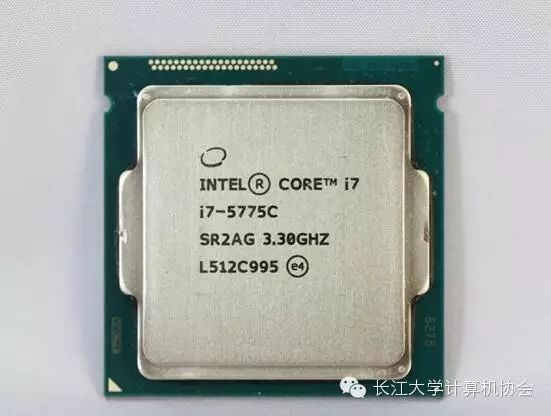
C Suffix is a special product of the fifth generation of Core CPUs. During the Broadwell era, Intel introduced a new trick, which is the C suffix of the fifth generation Core. This generation only has five desktop CPUs, of which two have the C suffix, representing a reversal of the CPU performance development pattern: CPU performance regression / strongest integrated GPU performance. This also makes it the most controversial generation in the Core family.
The Broadwell processor has an additional 128MB eDRAM cache, which is officially codenamed “Crystalwell,” and is the origin of the suffix “C.”
●S Suffix
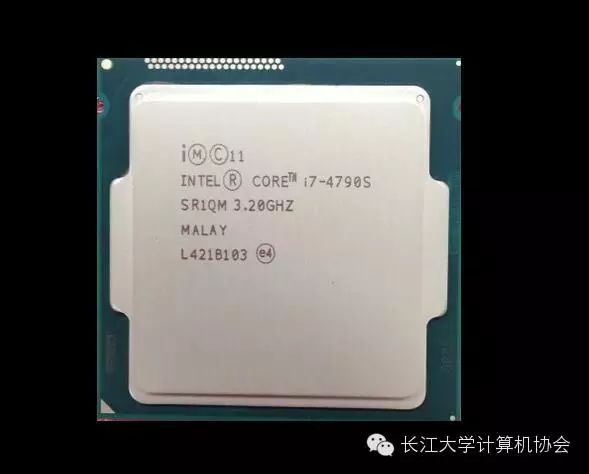
S = 65W Energy-Saving Version S and T suffixes represent energy-saving versions, where S indicates power consumption reduced to 65W, but the frequency is also correspondingly lower. For example, the i7-4770S with a frequency of 3.1GHz-3.9GHz (compared to i7-4770K at 3.4GHz-3.9GHz).
As for ES QS.ES stands for Engineer Sample. The ES version generally refers to versions that do not display the model number, commonly referring to all testing versions. ES versions are usually CPUs that cannot display the model number, and their stability is uncertain, depending on different steppings to determine their stability and whether there are defects. The closer the stepping is to the official version, the smaller the risk, and they are characterized by being particularly cheap. In versions that are closer to the official version, their stability is generally also quite stable, making them one of the choices for budget-conscious buyers and one of the most used versions by system integrators.
QS is the abbreviation for Qualification Sample. The QS version, also known as the ES display version, is generally the last version of ES. Its stepping and model are usually identical to the official version, and there is no risk to its stability. Among all testing versions, it is the best version, and its supply is not free like ES; Intel sells it to factories at a small cost, but the price is still much lower than the official version, with stability on par with the official version. For those who do not want to bear any risks and pursue cost-effectiveness, it is the best choice.
●T Suffix
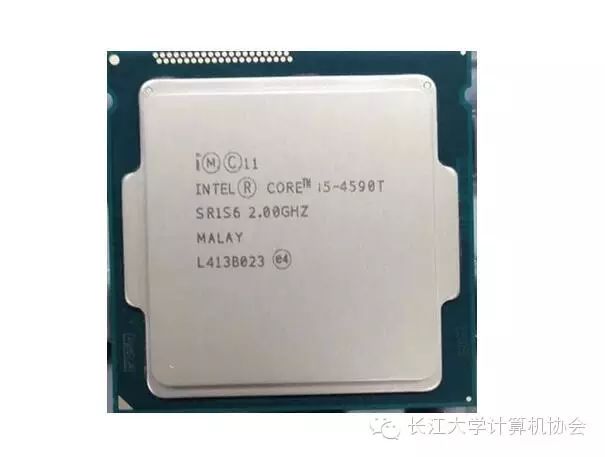
T = 45W Energy-Saving Version, Frequency Significantly Reduced T suffix CPUs have even lower power consumption, at 45W or less, and their frequency is also lower than that of S suffix CPUs. For example, the i7-4770T with a frequency of 2.5GHz-3.7GHz (compared to i7-4770K at 3.4GHz-3.9GHz).
●R Suffix
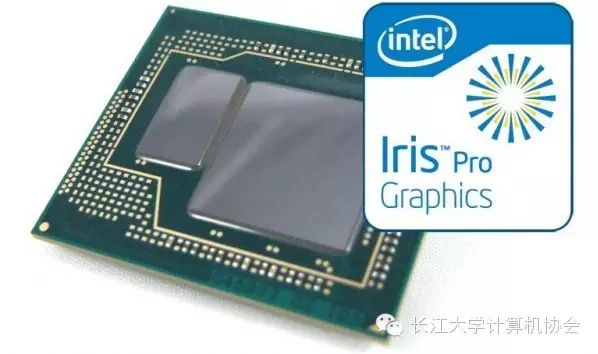
R Suffix uses BGA packaging and adopts Iris core graphics. R represents the use of high-performance Iris graphics. Iris Pro represents the strongest series of integrated graphics among similar products, such as i7-4770R, i7-5775R. However, this product has a TDP of 65W and is an energy-saving version. It is evident that Intel has also recognized the demand for CPUs that pursue stronger GPU performance while reducing power consumption and using BGA packaging to meet the needs of mini computers such as all-in-ones and HTPCs.
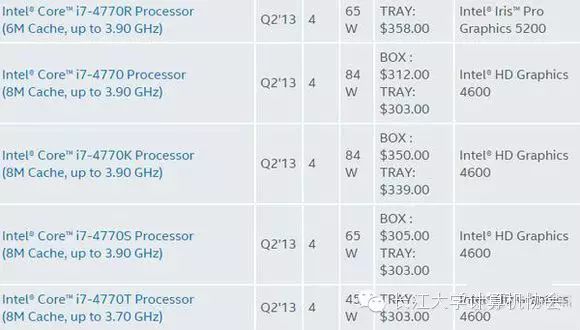
Most consumers only need to consider CPUs without letter suffixes, as they are positioned for the general public. High-performance CPUs with K suffixes are suitable for performance seekers or overclocking enthusiasts. As for other suffixes, due to their positioning not aligning with the general market, we encounter them less often.
Intel Mobile CPUs: Up to 10 Different Suffixes!
2. Intel Mobile CPUs: Up to 10 Different Suffixes!
The mobile-level Intel suffixes are numerous; I counted, and there are as many as 10! Don’t worry, let me explain them one by one.
M means Mobile, the processor is designed for laptops, with lower power consumption and heat generation, suitable for laptop use.X indicates Extreme, meaning the highest performance.L indicates Low Voltage, referring to low voltage version CPUs, with heat generation about half that of the standard version.U indicates Ultra Low Voltage, ultra-low voltage version CPUs, with heat generation and power consumption even lower than the L series.Q indicates Quad, emphasizing that this CPU is quad-core, and Q-identified processors are only available in the notebook series because notebook processors are generally dual-core.
| Y: Ultra Low Power Version CPU, commonly found in tablets, TDP even below 10W U: Ultra Low Voltage Version CPU, commonly found in ultrabooks, TDP around 15W H: A packaging form of Haswell processors on mobile platforms, BGA1364 (there’s also rPGA947) |
1. Dual-Core Section
●M Suffix
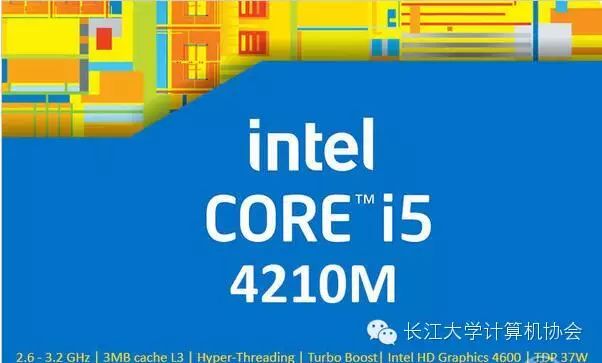
M Suffix Will Become History
M represents the standard power version of dual-core notebook CPUs. In the fourth generation or earlier Core era, the M suffix CPUs with 35W/37W were the absolute mainstream of mainstream notebooks, such as the well-known i5-4200M, i3-2310M, etc. Unfortunately, after the fifth generation Core, M suffix CPUs have become a thing of the past; we can no longer find new standard power dual-core CPUs, with i7-4610M being the last high-performance i7 dual-core notebook CPU represented by single-thread high frequency.
●U Suffix
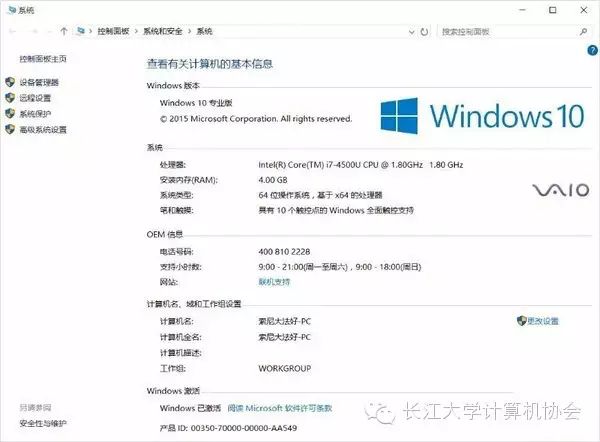
Example: Sony Pro 11 uses the 15W i7-4500U
With the popularity of ultrabooks/thin notebooks and the competition in the laptop CPU market being dominated by one company, Intel has vigorously promoted energy-saving version CPUs, which end with U, with a TDP of 15W, such as i7-4500U, i7-5500U, etc. The previously mentioned 00U suffix is for those with higher performance HD Graphics cores, such as i7-4550U, but the TDP remains 15W, so the CPU performance is worse than that of i7-4500U.
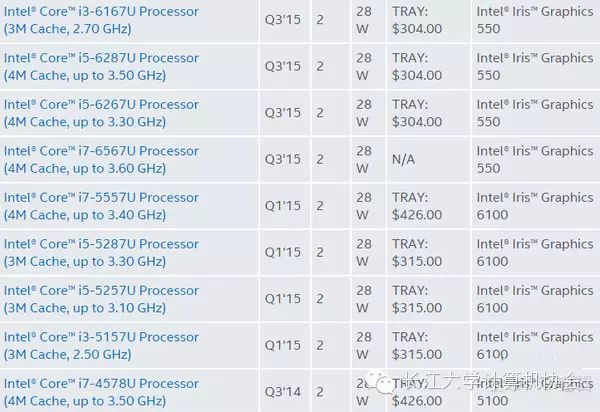
28W TDP U Suffix CPUs all use Iris core graphics
In addition to the 15W U suffix CPUs, there are U series CPUs with a TDP of 28W, with models ending in U but not starting with 0, such as Intel Core i5-5257U. They use high-performance Iris core graphics and have a significant frequency increase compared to the 15W version.
Under Intel’s control, emphasizing the proximity of integrated graphics performance to CPU performance has led U series CPUs to become the mainstream in the laptop market, replacing standard power version CPUs. However, their performance is inferior to what should have been M series, resulting in an overall decline in laptop performance, which is regrettable.
●H Suffix
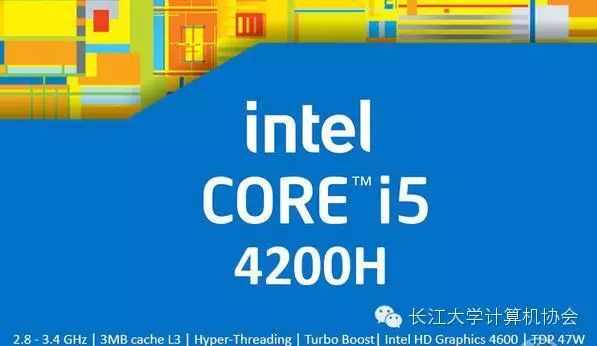
i5-4200H, performance stronger than 4200M, but at the cost of 47W TDP

The H Suffix Family is a Very Special Series
H represents BGA packaging (soldered to the motherboard) for dual-core notebook CPUs, with very few products, targeting large-size tablets, all-in-ones, and integrated motherboards, such as i5-4200H and i5-5350H. Although it is dual-core, the TDP reaches the level of quad-core at 47W, but the frequency is higher than that of M suffix models with the same number. In the fifth generation, the i5-5350H upgraded to high-performance Iris core graphics, with 4MB cache and a high frequency of 3.1GHz-3.5GHz. Isn’t this just the successor to the fourth generation i7 dual-core standard power version? It is evident that Intel has classified this type into the i5 H suffix.
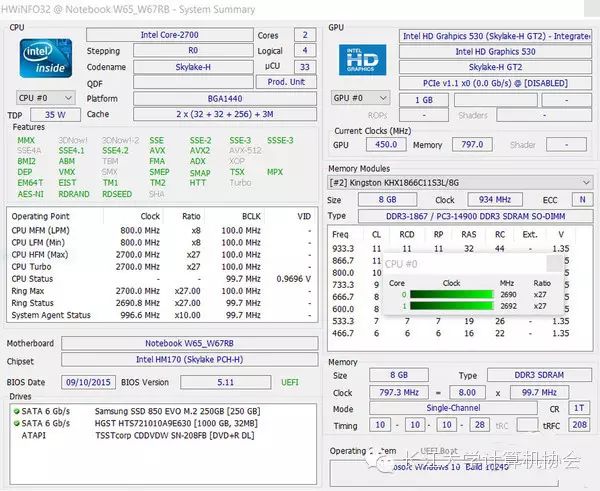
i3-6100H laptops will become mainstream in low-end laptops (model identification error, please ignore)
In the sixth generation, there is only one H: i3-6100H, 35W, with a fixed frequency of 2.7GHz, and the integrated graphics are the same as those of i5/i7, which is HD530. It is evident that it is the successor to the fourth generation M suffix, directly skipping the fifth generation. Fortunately, the representative M series for cost-effectiveness can still be inherited in the sixth generation.
●Y Suffix
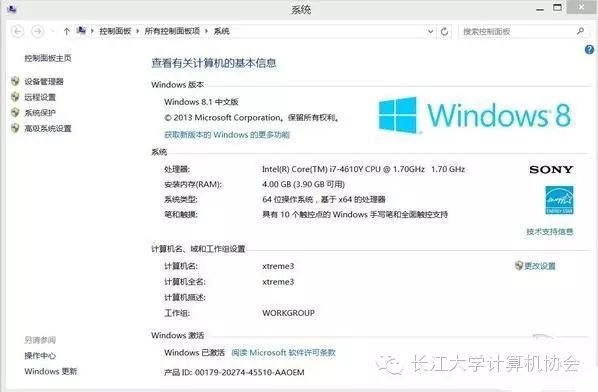
For example: Sony Tap 11 tablet uses Core i7-4610Y
Y suffix dual-core notebook CPUs are a fleeting phenomenon. Before the introduction of Core M, Intel launched Y suffix CPUs such as Core i7-4610Y, with a TDP of only 11.5W, lower than that of U versions. They are positioned for platforms such as x86 tablets that have high heat dissipation requirements. However, after Intel introduced the Core M family specifically for the tablet field, Y suffix CPUs are no longer updated.
2. Quad-Core Section
●QM Suffix
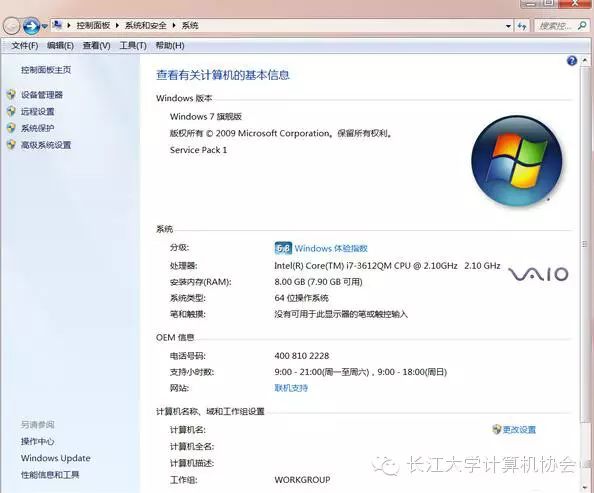
For example: Sony SVZ13 is equipped with a low-power version quad-core CPU, i7-3612QM
QM is the standard version of quad-core notebook CPUs before the fourth generation Core, such as i7-3630QM. Quad-core with eight threads, TDP of 45W (some low-power quad-core versions are 35W, such as i7-3632QM), is the standard CPU for gaming laptops.
●XM Suffix
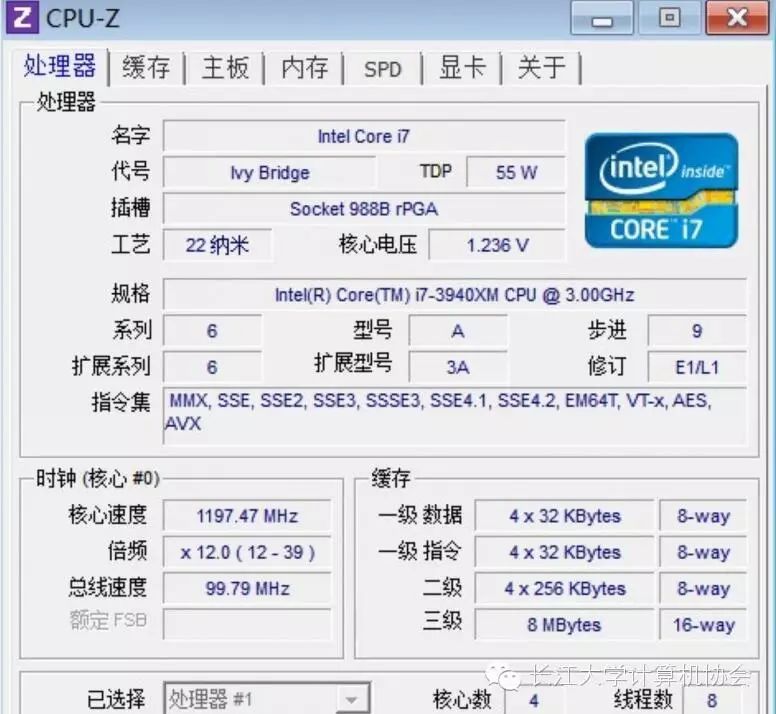
Notebook’s Supreme Version CPU, with XM Suffix
X, as the name suggests, stands for Extreme, which is the supreme version of notebook CPUs before the fourth generation Core, such as i7-2960XM, with a TDP of 55W, the strongest in the notebook field, and open for overclocking, making it a symbol of high performance.
●MQ Suffix
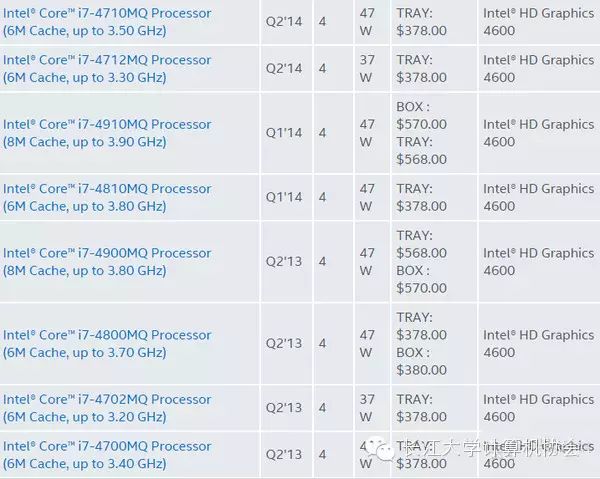
MQ Suffix CPUs only exist in the fourth generation
The quad-core fourth generation Core changed the previous QM suffix to MQ, such as i7-4700MQ. The TDP increased by 2W compared to the third generation or earlier due to the integration of the voltage regulator into the CPU, requiring additional power; MQ series CPUs use PGA packaging and can be upgraded. Therefore, we often see gaming laptops upgrading CPUs relying on MQ series CPUs. There is also a low-power version of MQ with a TDP of 37W, such as i7-4702MQ.
●MX Suffix

For example: Earthling P157SM-A gaming laptop is equipped with i7-4930MX supreme version CPU, supporting overclocking
The MX suffix notebook CPU specifically refers to the supreme version of the fourth generation Core, with characteristics similar to XM. It features a replaceable CPU package, with a TDP as high as 57W and frequencies exceeding 3GHz, resulting in explosive performance. For example, the i7-4930MX that I am currently using.
●HQ Suffix
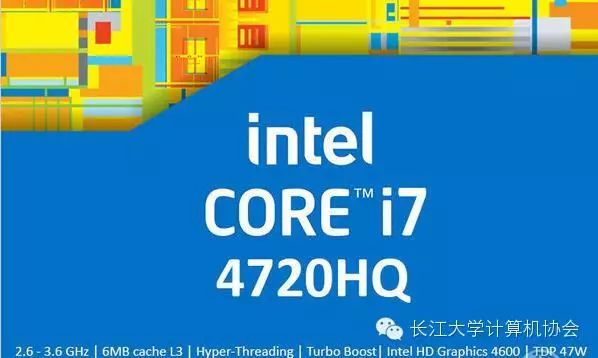
Recently, the standard configuration for ultra-thin gaming laptops (Razer Blade, GIGABYTE P34W, etc.) is 4720HQ
The HQ suffix is also a new suffix that appeared after the fourth generation Core (everyone is getting more confused, right?). When Intel launched the i7-4700HQ, it confused everyone with the differences between i7-4700HQ and i7-4700MQ. In fact, the difference between HQ and MQ lies in their packaging. HQ uses BGA packaging, soldered directly to the motherboard and cannot be replaced, while MQ can be freely replaced like DIY installations.

It is worth noting that the L3 cache capacity of fourth generation quad-core CPUs is all 6MB
Unfortunately, Intel has started to forcefully promote HQ suffix CPUs, and the MQ series CPUs began to disappear in the fifth generation. The mainstream quad-core notebook CPUs have been completely occupied by HQ, such as Core i7-5700HQ, which is the successor to the i7-4700HQ/MQ family. Similarly, the i7 quad-core with a tens digit of 5 represents the use of Iris high-performance integrated graphics, just like Core i7-5750HQ, and the low-power (37W) quad-core version has been canceled. At the same time, Intel introduced multiple HQ quad-core CPUs with Iris core graphics, with only Core i7-5700HQ being mainstream, which is quite evident in Intel’s direction, but this approach has no significant effect on gaming laptop players…
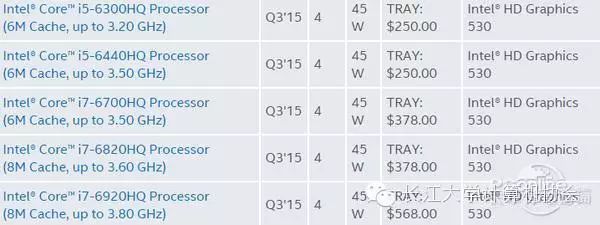
The sixth generation quad-core focuses more on CPU performance improvement, including the first appearance of i5 quad-core
In the sixth generation, an important trend is that the HQ suffix has been extended to i5, indicating that Core notebook CPUs have finally seen i5 quad-core, synchronizing with desktop CPUs. At the same time, the TDP has been reduced to the same level as the third generation Core at 45W, as Intel has moved the voltage regulator back to the motherboard. The i7-6700HQ is undoubtedly the new mainstream, although its positioning overlaps with i7-5700HQ. The 20 digit suffix has an L3 cache of 8MB, such as i7-6820HQ. However, this generation of quad-cores does not come with Iris core graphics, indicating that for gaming laptop players, the CPU performance improvement is paramount.
●HK Suffix
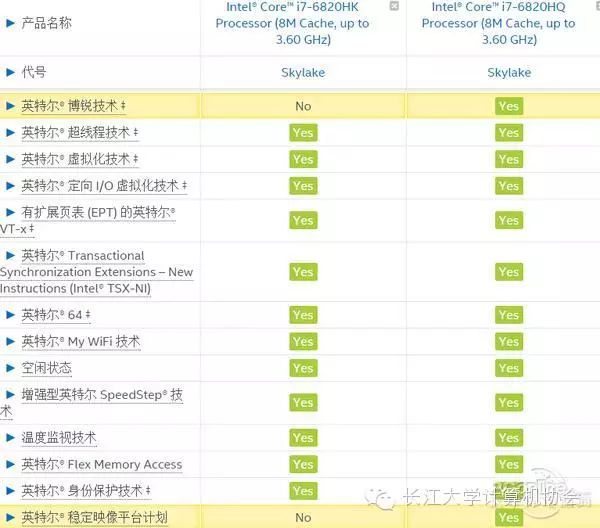
HK Suffix Has Some Technical Support Cut
Returning to the initial question, what is the difference between i7-6820HK and i7-6820HQ? HK is a new suffix introduced for the sixth generation Core notebook CPUs. Are you feeling dizzy yet? Fortunately, there is currently only one HK series CPU, the i7-6820HK. Compared to HQ, the HK suffix has removed some of the technical supports that quad-core CPUs have always supported, such as the Trusted Execution Technology and the Stable Image Platform Program, but the price remains the same, which makes it strange why Intel would cut off technologies that were originally provided for free. Therefore, we believe that this type of CPU will not appear on a large scale. Additionally, HK unlocks the frequency limit, allowing players to overclock freely.
Summary: It can be seen that in the development of Intel’s Core notebook CPUs over several generations, the development of CPU performance can be described as standing still, while the GPU development speed has been rapid. For performance-seeking players, is this somewhat counterproductive? At the same time, Intel has eliminated PGA packaged CPUs, making BGA the mainstream, resulting in users losing the joy of upgrading, which has the most significant impact on system integrators. Unfortunately, this is due to monopoly.
3Intel Xeon E3 Server CPU Suffix Interpretation
3. Intel Xeon E3 Server CPU Suffix Interpretation
DIY players are most familiar with server CPUs, undoubtedly the E3 sect. Today, we summarize the characteristics of the CPU suffixes in the Xeon E3 sect.
●V1-V5
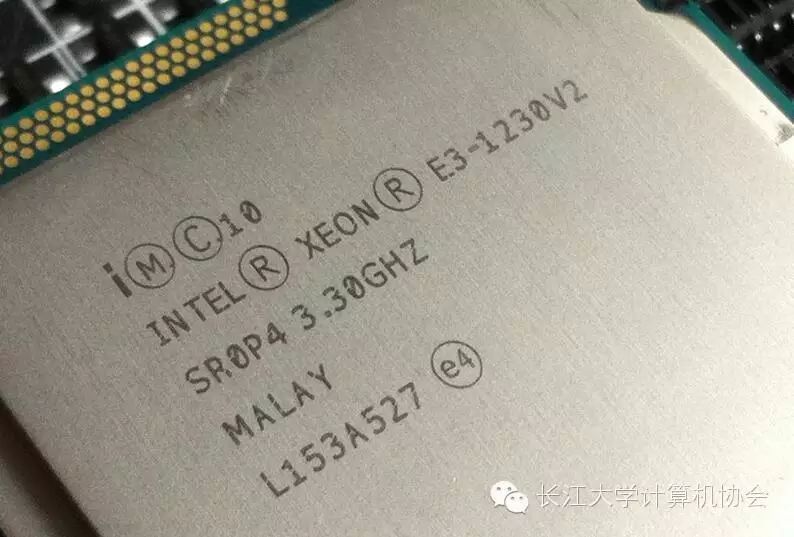
E3 Sect!
Since the SNB, Intel has launched the E3 series of Xeon CPUs. Due to the same platform, upgrading the BIOS can enjoy the belief-level Xeon CPUs, leading to the E3 sect’s growth since 2011. Intel has also launched subsequent models of E3, corresponding to each generation of Core, from Ivy Bridge V2 to Skylake V5, for easy distinction.
●Different Numerical Suffixes
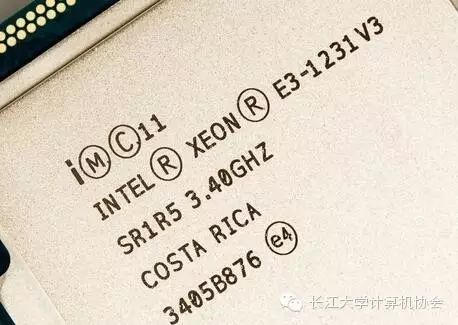
1231, a special model
The 0 suffix is a common E3 CPU we use, such as the classic E3 1230 series, which eliminates the useless integrated graphics in the hearts of DIY players, has a lower TDP, and meets our demand for specialization, making it a popular product. The 5 suffix refers to products with integrated graphics, such as E3-1235. Additionally, there is a special product E3 1231 v3, which was introduced in the E3 family as a transitional model due to the long gap between the fourth and fifth generation Core.
●L Suffix

All L Suffixes are Low Power Versions